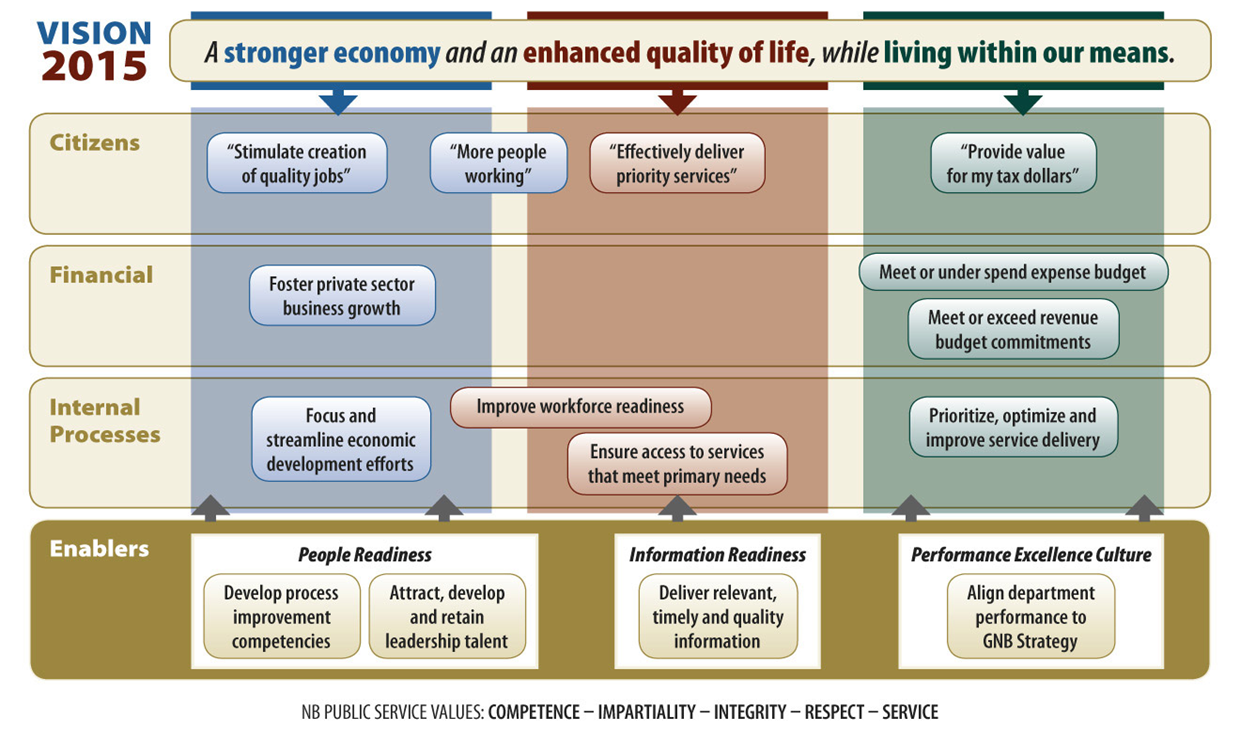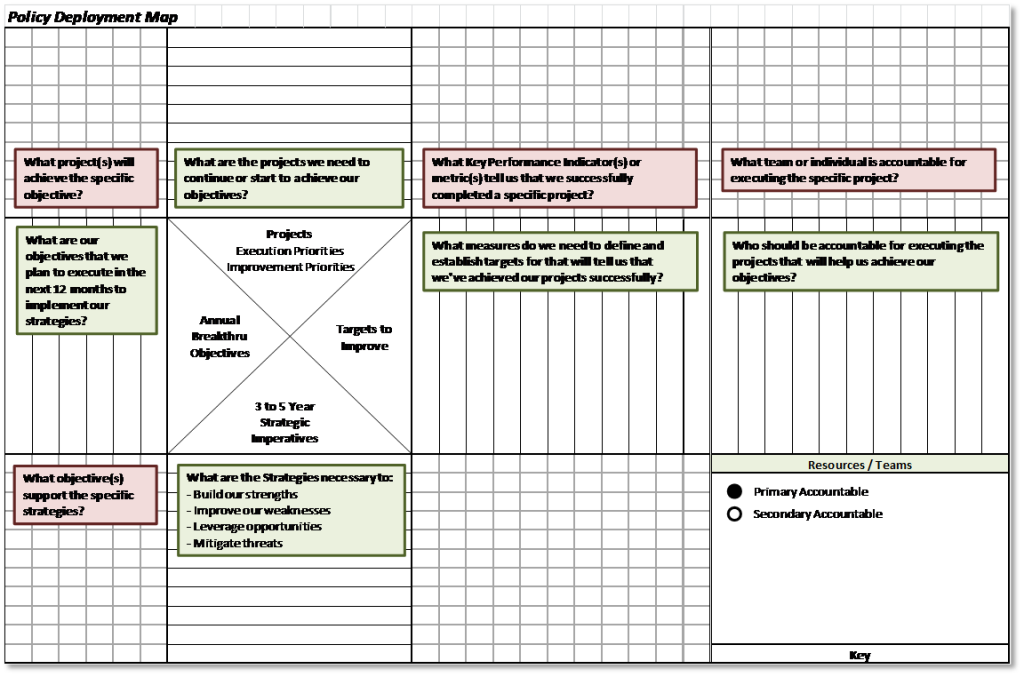How to Build Execution Excellence - Strategic Planning and Alignment
There are many factors in deciding an organization’s success or failure. Many are outside of their control, e.g. significant economic changes or catastrophic weather events. However, many factors are certainly within an organizations’ control, e.g. selecting and operationalizing a successful strategy, hiring and developing the right people, and defining and executing their work efficiently and effectively. In fact, the better the organization operates, the less the external factors affect it.
As part of Ceptara's 5 steps to organizational excellence, strategic planning and alignment provide the foundation and the direction for building execution excellence.
Strategic Planning
“You’ve got to think about big things while you’re doing small things, so that all the small things go in the right direction.” – Alvin Toffler, American writer and futurist.
The strategic goals are the pragmatic definition of the organization’s aspirations and drive the definition and operation of the work necessary to achieve them.
A vision is much more than a statement; it is the guiding light for the whole organization. This is true for a one-person shop as well as a large organization. There should be enough clarity so that the when the 'plan' is shared the recipient’s understand what is meant to accomplish. In new businesses, this often takes the form of a business plan. For existing organizations, each year the organization should create a strategic plan that reiterates the direction and establishes the annual goals.
Some key steps to perform are:
- Create or review the organization's vision, mission and values statements.
- Analyze the customer's needs.
- Analyze the competitive landscape.
- Perform a SWOT analysis on the state of the organization. [How to]
- Review and plan the three (3) to five (5) year strategic imperatives.
- Review and plan the next year's annual objectives.
- Create an enterprise communications plan to inform and educate the community.
The outcomes of the strategic planning exercise should include a document that captures the learning from each of the steps, a strategy map (see Kaplan/Norton), a high level policy deployment map (see the next section), and a communications plan.
Expected Outcomes
- Strategy Document
- Strategy Map
- Policy Deployment Map
- Communications Plan
| Strategy Map Example | Policy Deployment Map Explained | |
 |
 |
The strategic plan is the foundation document that will be reviewed and referenced by the organization's departments in pursuit of their objectives and projects.
Strategic Alignment (Policy Deployment)
"Individual commitment to a group effort - that is what makes a team work, a company work, a society work, a civilization work." – Vince Lombardi, American Football Coach
When an organization has more than one member, it is important that each member is aware of the direction (as described by the strategy) and their work is ‘aligned’ to help the organization achieve its purpose.
 The strategic goals are the pragmatic definition of the organization’s aspirations and drive the definition and operation of the work necessary to achieve them. Through Policy Deployment (or Hoshin Kanri), the strategic goals are cascaded through-out the organization, respecting the talents of the individuals required to perform the work while establishing performance targets holding the team’s accountable for delivering against the goals.
The strategic goals are the pragmatic definition of the organization’s aspirations and drive the definition and operation of the work necessary to achieve them. Through Policy Deployment (or Hoshin Kanri), the strategic goals are cascaded through-out the organization, respecting the talents of the individuals required to perform the work while establishing performance targets holding the team’s accountable for delivering against the goals.
Based on the strategic imperatives and the annual goals, and starting at the top, each organization should:
- Develop a list of projects and initiatives that support the annual objectives.
- Key Performance Indicators (KPIs) and metrics should be defined and aligned to the projects to assure success is defined.
- Each project or initiative should have one (and no more than one) accountable person assigned. This is usually the leader of one of the reporting departments within the organization.
The projects and initiatives assigned to the departments become their objectives and their reporting teams and individuals then create projects that support the departments' objectives. This pattern is repeated for every department and team until all people within the organization have a set of performance objectives that are aligned to the overall enterprise's strategic plan.
Use of a standard policy deployment map, project list and action plan template can make the exercise easy to understand and form the foundational document(s) for focused execution.
Next Up - Building a System of Execution...
Want more? Read the Five Steps to Achieving Organizational Excellence [White Paper].
Recent Updates
Microsoft Outlook Add-In

Focus on Your Life, Not Your Inbox
Achieve greater focus by shifting your attention from e-mail to accomplishing what matters most!
Company News
Stay up to date with our newsletter!



